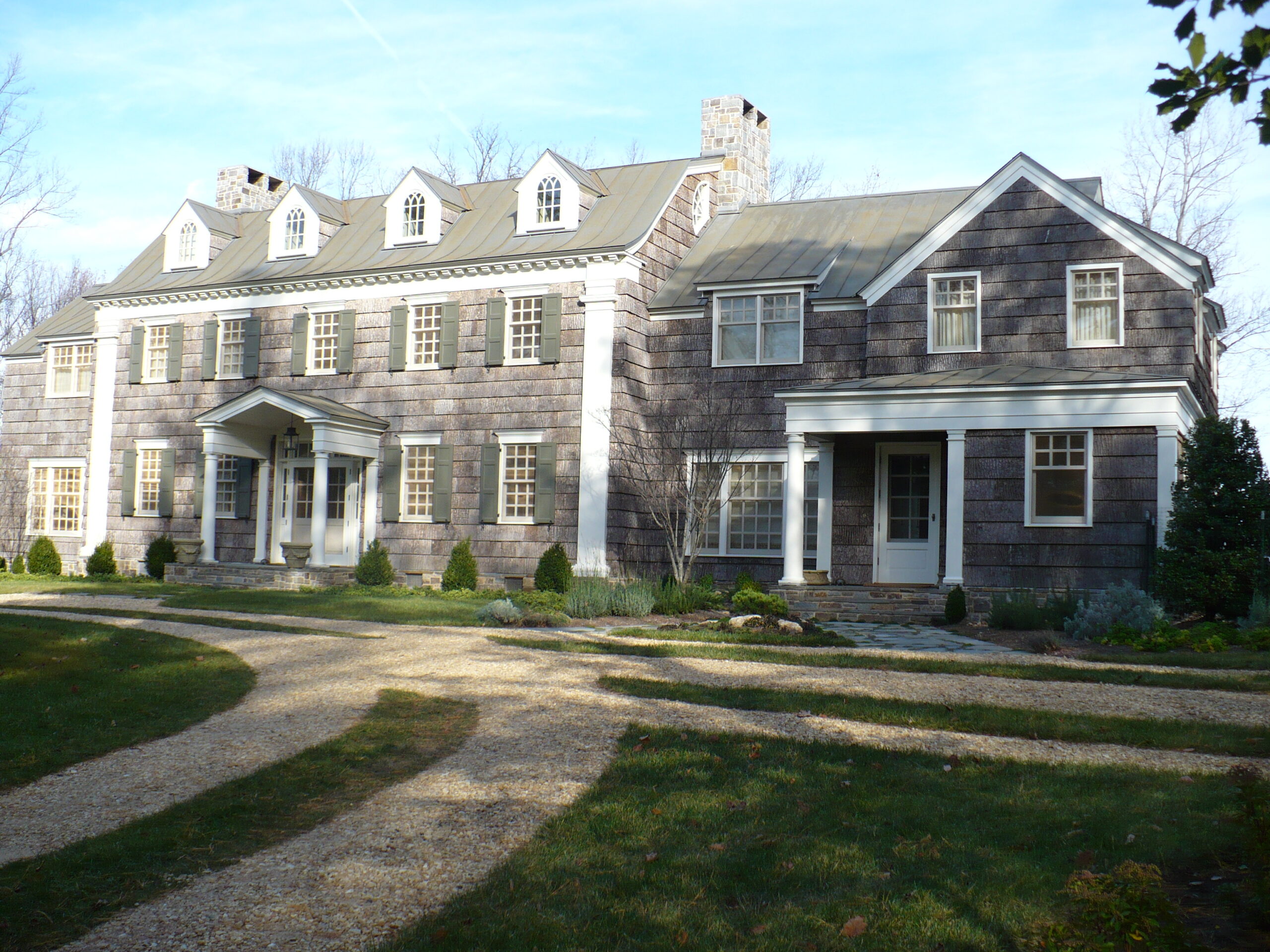Shingles vs. Metal Roofing: A Sustainable Choice
CMP
July 8, 2024

For many homeowners, a roof is simply a protective barrier against the elements. But traditional roofing materials often come with hidden environmental costs.
| Feature | Shingles (Traditional) | Metal Roofing |
| Lifespan | 12-20 years | 40-70 years |
| Landfill Impact | Frequent replacements contribute to landfill waste | Less frequent replacements reduce waste, plus, metal roofing is recyclable |
| Energy Efficiency | Absorbs heat, increases reliance on air conditioning | Cool metal roofs reflect sunlight, reduce energy consumption |
| Maintenance | Requires frequent maintenance to address rot, mildew, insects | Low-maintenance, naturally resistant to these issues |
| Weight | Varies, but generally heavier | Lightweight, reduces building structure weight |
| Embodied Energy | Higher due to heavier materials and frequent replacements | Lower due to lighter weight and fewer replacements |
| Cost (Upfront) | Lower upfront cost | Higher upfront cost |
| Cost (Long-Term) | Higher due to frequent replacements | Lower due to long lifespan and minimal maintenance |
| Aesthetics | Wide variety of styles and colors available | Variety of styles and colors available, some mimic traditional looks |
| Durability | Susceptible to wind, hail, and fire damage | Highly durable, resistant to wind, hail, fire, and rot |
By choosing a metal roof, you’re not just investing in a durable and long-lasting roofing solution, you’re also making a conscious decision for a healthier planet.